- No products in the cart.

Famotidine tab p / 20 mg of the film 20 pc
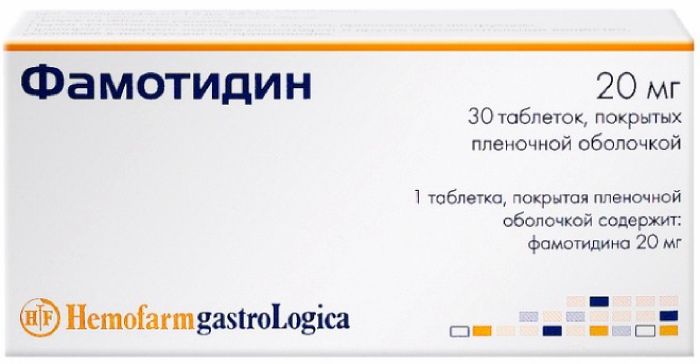
Famotidine tab p / 20 mg of 30 pcs, Hemofarm
$1.56
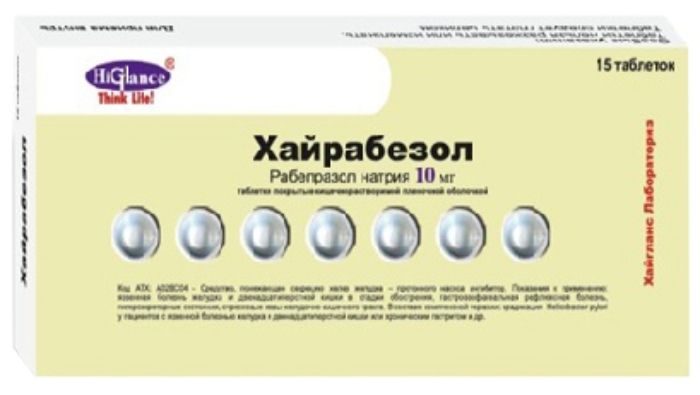
Hayrabezol tab n / an kish.rastv. 10 mg 15 pcs
$8.00
$0.42
Famotidine tab p / 20 mg of the film 20 pc
Description
Composition
Active substance:
1 tablet contains: famotidine – 20 mg or 40 mg.
Product form:
Tablets, coated membrane sheath 20 mg and 40 mg. 10 tablets in blisters of PVC film and aluminum foil. 1, 2 (at a dosage of 40 mg) or 2, 3 (a dosage of 20 mg) blisters together with instructions for use placed in a pile of cardboard.
Contraindications
Hypersensitivity, children’s age.
Precautions – hepatic and / or renal failure, cirrhosis with portosystemic encephalopathy (history), immune deficiency, pregnancy, lactation. Category effects on the fetus B.
Dosage
20 mg
Indications
Peptic ulcer and 12 duodenal ulcer, hyperacidity of the gastric juice, heartburn (associated with hyperacidity), symptomatic and stress ulcers of the gastrointestinal tract, erosive reflux esophagitis, NSAID-gastropathy, Zollinger-Ellison syndrome, systemic mastocytosis, polyendocrine adenomatosis, prevention recurrence of bleeding in the postoperative period.
Prevention of aspiration of gastric juice in patients who have surgery performed under general anesthesia (Mendelson’s syndrome).
Aspiration pneumonitis (prevention).
Dyspepsia with epigastric or retrosternal pain occurring at night or associated with food intake.
Interaction with other drugs
Increases the absorption of amoxicillin and clavulanic acid. Antacids and sucralfate slows absorption. It reduces the absorption of itraconazole and ketoconazole. Drugs that suppress the bone marrow, increasing the risk of developing neutropenia.
Overdose
Symptoms: vomiting, motor agitation, tremor, lowering of blood pressure, tachycardia, collapse.
Treatment: after oral admission shows induction of emesis and / or gastric lavage, symptomatic and supportive therapy.
pharmachologic effect
Pharmacological group:
Gastric glands secretion depressing agent – histamine H2 receptor blocker.
Pharmacological properties:
Blocker histamine H2 receptor III generation. Inhibits basal and stimulated by histamine, gastrin and acetylcholine production of hydrochloric acid. Simultaneously with the decrease in production of hydrochloric acid and increasing pH and decreases the activity of pepsin. Enhances gastric mucosal defense mechanisms due to increased formation of gastric contents and mucus glycoproteins therein, as well as stimulating the secretion of endogenous synthesis and hydrogen therein Pg, it promotes the healing of damage (scarring including stress ulcers) and cessation of gastrointestinal bleeding . Low inhibits cytochrome oxidase P450 system in the liver. After oral administration, the action starts after 1 h, reaches a maximum for 3 hours and lasts, depending on dose, from 12 to 24 hours.
Pharmacokinetics:
Ingestion absorption – incomplete; bioavailability – 40-45%, increase when taking food and drops on background antacids. Relationship to plasma proteins – 15-20%. The time required to reach maximum concentration -. 3.1 h penetrates into the cerebrospinal fluid, through the placental barrier and into breast milk. The half – 2.5-3.5 hours; patients with severe renal impairment (creatine clearance of less than 10 ml / min) increased to 20 hours (dose required correction), 30-35% of the drug is metabolized in the liver to form the S-oxide. Excreted by the kidneys by glomerular filtration and tubular secretion. 25-30% of an oral dose is found in the urine unchanged.
Pregnancy and breast-feeding
Contraindicated.
Conditions of supply of pharmacies
On prescription.
side effects
From the digestive system: dry mouth, nausea, vomiting, loss of appetite, abdominal pain, increased activity “liver” transaminases, constipation, diarrhea, jaundice, hepatocellular, or mixed cholestatic hepatitis, acute pancreatitis.
From the nervous system: headache, asthenia, somnolence, insomnia, fatigue, anxiety, depression, anxiety, psychosis, dizziness, confusion, hallucinations, hyperthermia.
Cardio-vascular system: decrease in blood pressure, bradycardia, atrioventricular block, arrhythmia, vasculitis.
Allergic reactions: hives, skin rash, pruritus, bronchospasm, angionevroticheky edema, erythema mnogomorfnaya, exfoliative dermatitis, Stevens-Johnson syndrome, toxic epidermal necrolysis, anaphylactic shock.
From the side of hematopoiesis: neutropenia, leukopenia, thrombocytopenia, hemolytic anemia, agranulocytosis, pancytopenia.
From the senses: tinnitus.
With the genitourinary system: at long reception of large doses – reduced potency and libido.
On the part of the musculoskeletal system: arthralgia, myalgia.
Other: bronchospasm, dry skin, alopecia, gynecomastia.
special instructions
The symptoms of peptic ulcer disease 12 duodenal ulcer may disappear within 1-2 weeks, therapy should be continued for as long as the scarring is not confirmed by endoscopy or X-ray examination. May mask symptoms associated with carcinoma of the stomach, so before starting treatment to rule out malignancy.
Abolish gradually because of the risk of the syndrome of “rebound” in the abrupt cancellation. Prolonged treatment in immunocompromised patients, as well as the stress of possible bacterial lesions of the stomach and then spread the infection. Blockers H2 histamine receptors to be taken 2 hours after receiving ketoconazole or itraconazole avoid significant decrease their absorption. Counteracts the influence of histamine and pentagastrin on acid stomach function, so for 24 hours preceding the test, use of H2-blockers of histamine receptors is not recommended. Suppresses skin reaction to histamine, thus resulting false negative results (recommended to stop before the diagnostic skin tests for the detection of cutaneous allergic immediate type reaction, the use of H2-blockers, histamine receptors).
During treatment, the use of food products should be avoided, beverage etc. Medicaments which can cause irritation of the gastric mucosa. Efficacy in inhibiting the nocturnal acid secretion in the stomach may decrease as a result of smoking.
Patients with burns may require increased doses of the drug due to the increased clearance.
Storage conditions
In the dark place at a temperature not higher than 25 C.
Dosing and Administration
Inside.
When acute gastric ulcer and duodenum 12 – 1 to 40 mg once a day at bedtime or 20 mg 2 times a day. When necessary, the daily dose can be increased to 80-160 mg. Duration of treatment – 4-8 weeks.
For the prevention of relapse of peptic ulcer – 20 mg 1 time per day at bedtime.
When Zollinger-Ellison – at an initial dose of 20 – 40 mg four times a day; if necessary, the daily dose can be increased to 240-480 mg. Treatment continued for so long as is necessary (severe syndrome – 160 mg every 6 hours).
When reflux esophagitis initial dose – 20 mg 2 times / days to 6 weeks (if necessary – 20-40 mg 2 times a day to 12 weeks).
To prevent aspiration of gastric contents – 40 mg before surgery or the morning of surgery.
In patients with a creatinine clearance less than 10 mL / min inwards to 20 mg at bedtime. The time interval between doses can be increased to 36-48 hours.
Information
Appearance may differ from that depicted in the picture. There are contraindications. You need to read the manual or consult with a specialist
Additional information
| Weight | 0.100 kg |
|---|---|
| Manufacturer | Russia |

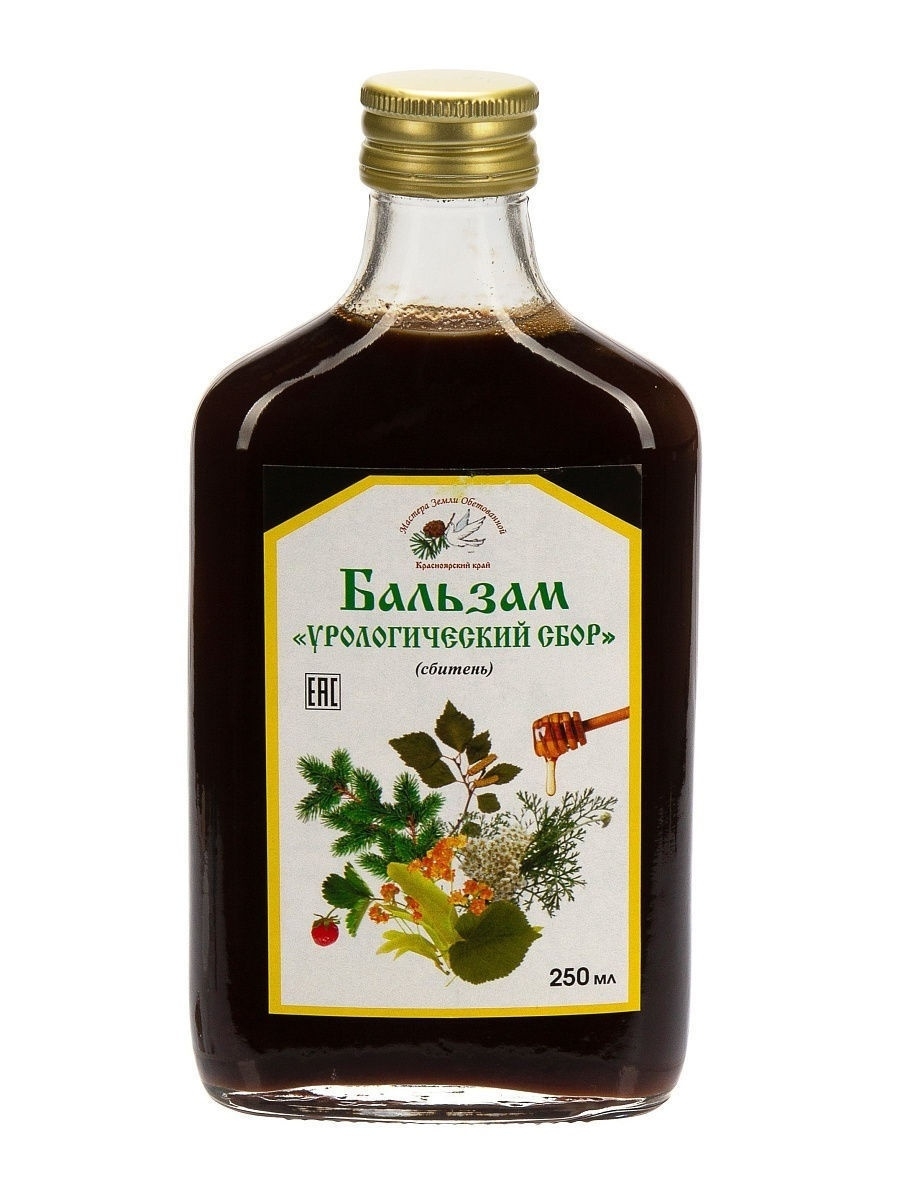
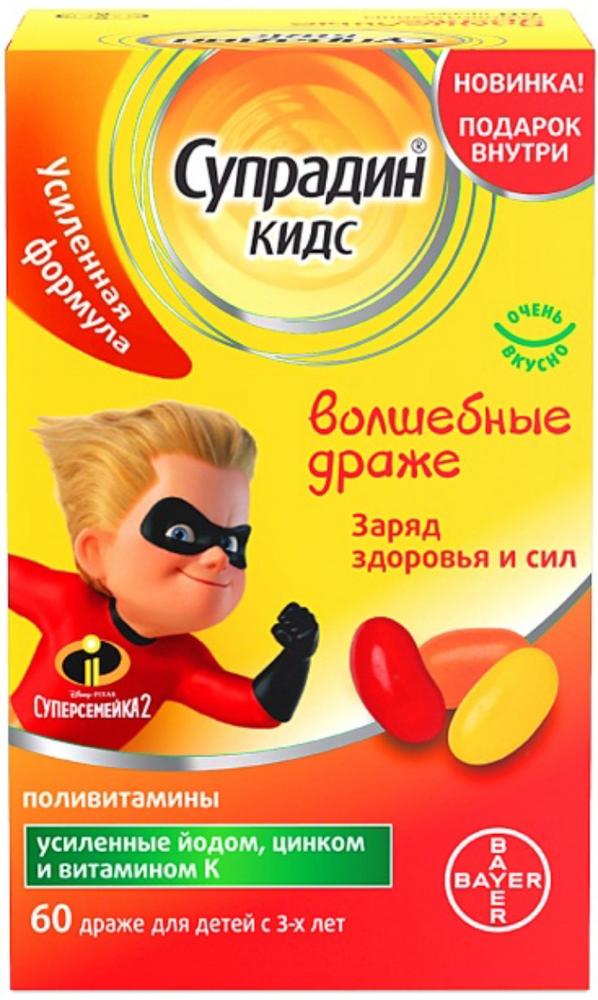

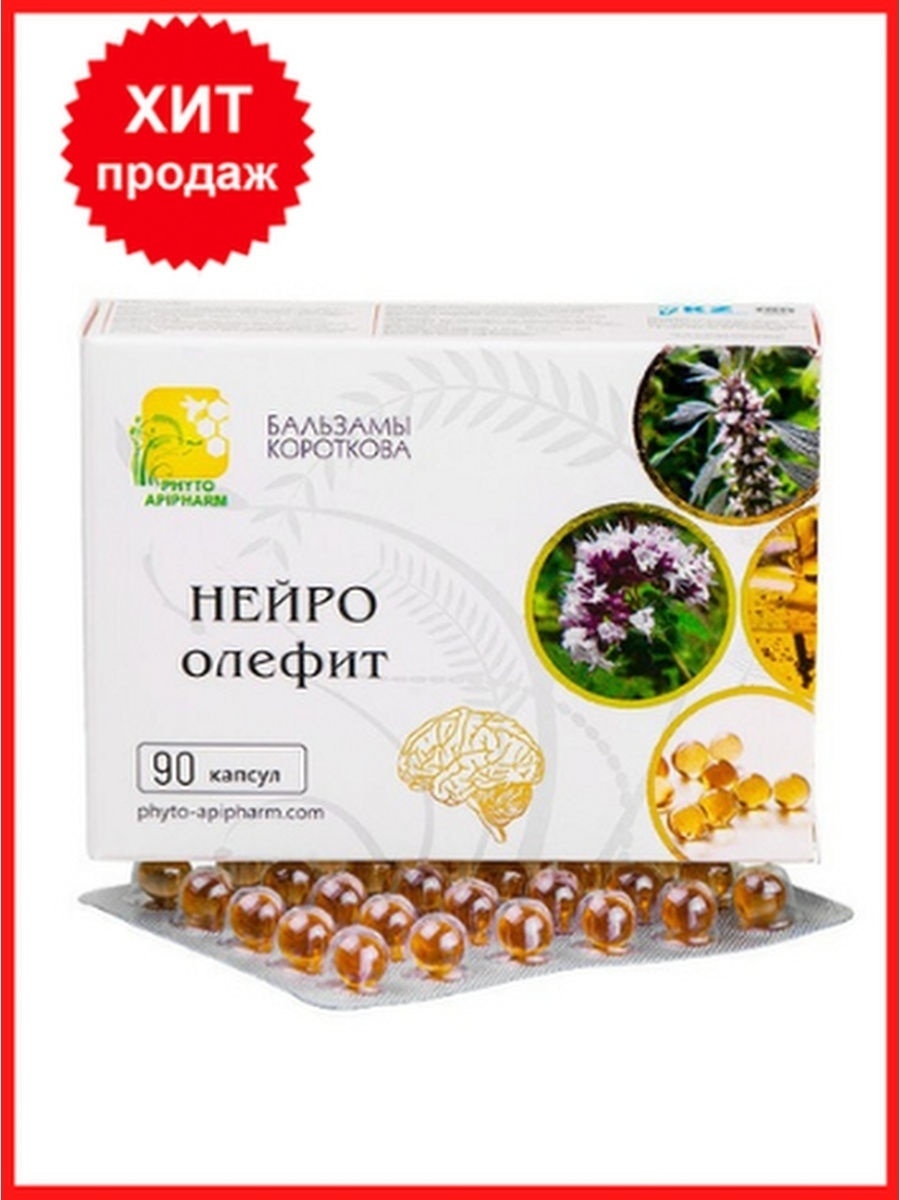
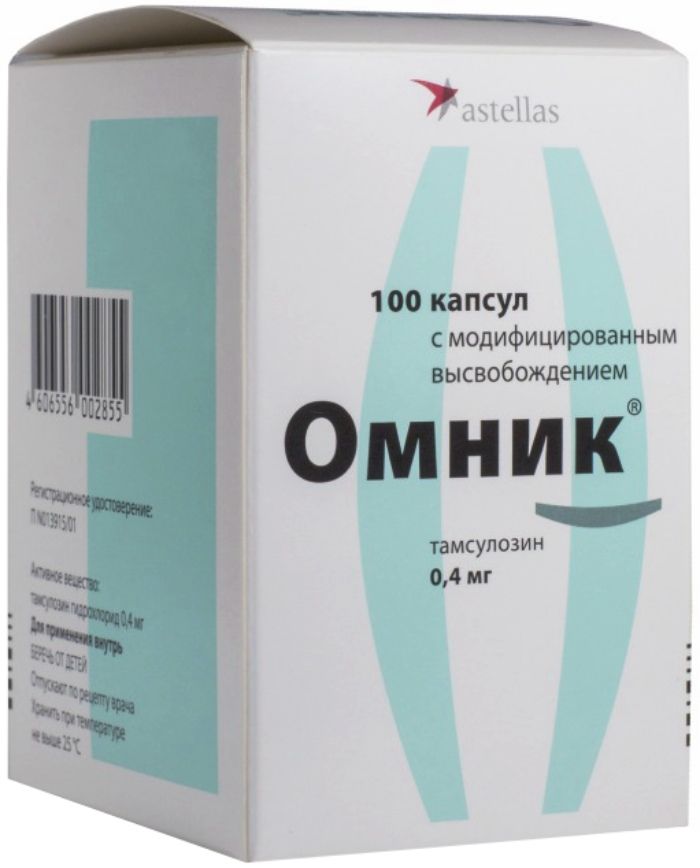
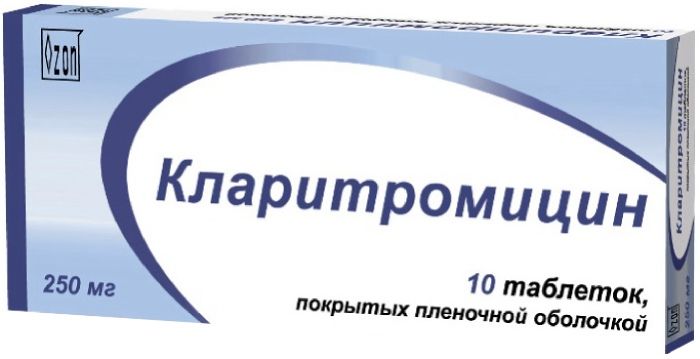



There are no reviews yet.